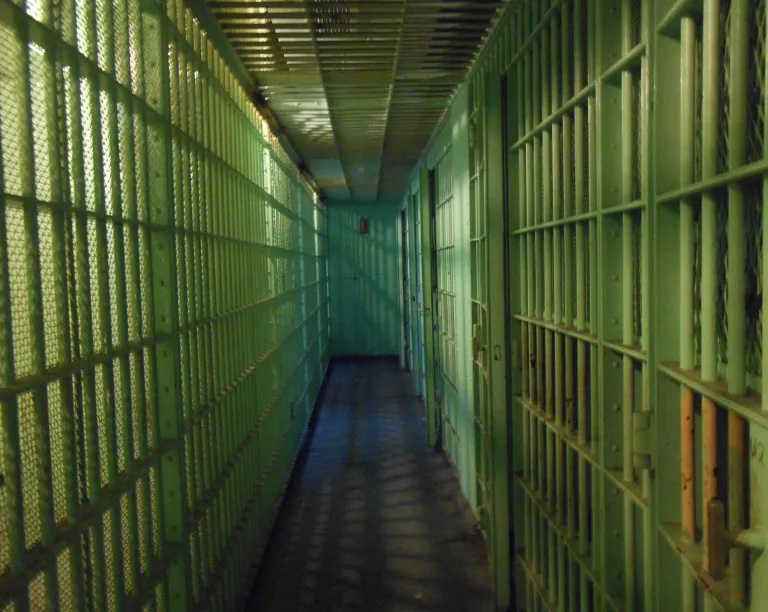First of all it is important to underline that public transport (tram, subway, bus) is immensely important as it allows for ecological and inclusive movement throughout the city. With the usage of all the different types of public transport a vast and comfortable transportation network can be developed to challenge the domination of the private car on our streets – domination that makes urban life worse by air and noise pollution, frequent accidents, and the exclusion of the most marginalised economically.
For quite some time now, in the historic Exarcheia neighbourhood of Athens, home to countless anti-authoritarian and anarchist collectives, squats, and social centres, there has been a struggle directed against the construction of a metro station on the district’s central square. How does an area with such a libertarian history oppose the expansion of public transport, one might ask; but the truth is that the problem is not the subway as such, but the way the decision to build was made and what will came after it.
Firstly, many of the inhabitants of the neighbourhood, in coordination with architects and urban planners, have proposed another place of the neighbourhood (Archaeological Museum) as a place more suitable and rational for a subway station. The people of Exarcheia understand the ecological and inclusive dimensions of public transport; what they disagree with is the political way through which this, and other, decisions are being made – decisions, made by a handful of politicians and businessmen, that will shape our common ground for generations to come, without the participation of all of us who inhabit it.
Secondly, the inhabitants are in opposition to the urban vision promoted by those in power: with most striking example being the Kotzias square right in front of the Mayor’s building in Athens. We speak of a place that does not feel nor look like square any more. There are no trees or benches, so one can pass through it on their way to somewhere, but not spend time in it, as there is no protection from summer’s blazing sun or anywhere to sit. This is in line with the project of “touristisation” that the Greek authorities have been implementing for years all around Athens. In this project the pubic spaces are an obstacle to economic growth: tourist shops, restaurants, cafeterias all generate economic revenues from tourists, while squares, with their benches and trees, serve the communal (often non-economic) needs of the inhabitants. This is what the inhabitants of Exarcheia do not want to happen to their square – but what the restructuring of it, due to the subway station, will most probably bring. The vision that local authorities envision will not solve any of the problems of the area, it will simply lay the foundations of yet another urban desert, where there is barely any vegetation and no place where one can sit for free.

There is also a third dimension of this project. The Greek state, under different governments, has continuously been in opposition to the autonomous movement in all its expressions. As is well known, Exarcheia is both a point of reference and a symbol of this movement. In this line of thought the decision, taken without any sort of public deliberation and despite strong opposition, to place a metro station in an irrational place, is also seen by the authorities as an excuse to militarise the district with heavy police presence and suffocate any effort of self-organization.
The case of the construction of a subway station at Exarcheia square comes to show that under the conditions of oligarchy and capitalism even sustainable means of transportation can be used to destroy public spaces and gentrify neighbourhoods, just as renewable energy sources are used to destroy mountainous areas in order to generate profits for investors far away. What is crucial to understand is that this is all a question of politics: of who gets to shape our city – a handful of bureaucrats and capitalist investors, or the vast majority of a district’s inhabitants. It is this political question that frames the content and the outlook of urban space.

Yavor Tarinski
Image: Pithari Stories








